Xi uses V-Day Parade to call for end to roots of war
Chinese president warns that humanity faces choice between peace and war, win-win or zero-sum games
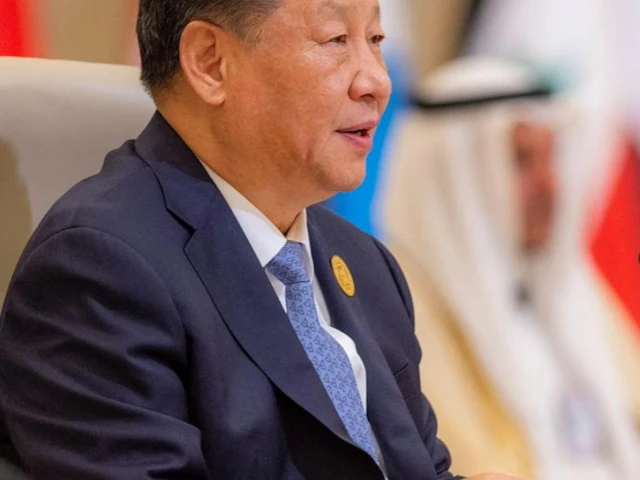
President Xi Jinping urged world nations to "eliminate the root cause of war and prevent historical tragedies from recurring" as China held a massive military parade in central Beijing on Wednesday to mark the 80th anniversary of its victory in World War II.
This was only the second military parade of its kind since 2015, held to mark the hard-won victory in what China calls the Chinese People's War of Resistance Against Japanese Aggression and the World Anti-Fascist War.
In his speech delivered before the parade, Xi described the victory as China's first complete triumph over foreign aggression in modern times. He said the Chinese people made enormous sacrifices in the war, contributing significantly to the "salvation of human civilisation and the defence of world peace." Reaffirming China's commitment to peaceful development despite global instability, he warned that humanity once again faces a stark choice: "peace or war, dialogue or confrontation, and win-win outcomes or zero-sum games."
26 nations in attendance
Leaders from 26 countries, including key regional players, attended the high-profile event, which was closely tied to the recently concluded Shanghai Cooperation Organisation (SCO) summit in Tianjin. The commemorations once again placed China at the centre of global diplomatic engagement. Pakistan's Prime Minister Shehbaz Sharif was among those present.
At the start of the parade, Russian President Vladimir Putin and North Korean leader Kim Jong Un flanked Xi Jinping in a striking display of unity, the first time the three leaders had appeared together in public.
Addressing thousands of spectators and troops gathered in Beijing, Xi declared: "The Chinese nation is a great nation that is never intimidated by any bullies." He emphasised Chinese strength and resilience, telling the military that the country's rise was "unstoppable."
Western reactions
US President Donald Trump reacted with sarcasm on Truth Social, writing: "Please give my warmest regards to Vladimir Putin and Kim Jong Un, as you conspire against The United States of America."
Western media coverage focused heavily on the military dimension of the parade, framing it as a 'warning' to the West. Foreign Policy called it a "powerful diplomatic display," while Reuters highlighted China's effort to showcase its "military might and diplomatic clout." The Associated Press reported that the parade aimed to boost public confidence in China's defense capabilities also raised 'concerns' among neighboring countries.
Malcolm Davis, a senior analyst at the Australian Strategic Policy Institute, told CNN that Xi's unveiling of advanced weaponry was a deliberate signal: "It's about intimidation. It's about asserting China's reality, or China's perception, that China's rise is unstoppable."
He added that Xi's display of solidarity with leaders like Putin and Kim was a 'warning' to the West, particularly regarding Taiwan. "China is saying we will impose unification on Taiwan through military force at a time of our choosing and we're building up the military capabilities to do that," CNN quoted Davis as saying.
Davis also noted that China is moving much more rapidly in this critical military technology area than the United States is. "They're gaining an advantage that will give them the ability to make it much more difficult for the US and its allies to be able to project power into the Western Pacific in a crisis."
Home-court diplomacy
While much of the Western media coverage focused on the military dimensions of the event, Chinese experts and officials emphasised that the commemorations were meant as an affirmation of peaceful development and global cooperation. They described the spectacle as a vivid display of China's "home-court diplomacy" and a signal of Beijing's commitment to building a stable international order amid rising global tensions.
Speaking to the Global Times, Dr. Lü Xiang, a research fellow on US studies at the Chinese Academy of Social Sciences, said the events underscored China's evolving role in global affairs. "In addition to remembering history, these commemorations showcase the strategic value of China's diplomatic engagement at a time when the world faces growing uncertainty," he remarked.
State-run Xinhua characterised the commemorations as a "pivotal moment" for countries to reflect on the lessons of history and jointly commit to a peaceful future. The agency further asserted that China, as a "capable builder and upholder of global peace," stands ready to defend the post-WWII international order and uphold fairness and justice.
Wang Huiyao, president of the Center for China and Globalisation (CCG), said Beijing's recent diplomatic initiatives reflect its vision for dialogue and multilateral cooperation. "These platforms allow not only bilateral engagement but also give other nations the space to meet, shake hands, and explore common ground," he told the Global Times.
Among European leaders, Slovakian Prime Minister Robert Fico was one of the few EU representatives to attend the commemorations. In a video message aired by China Central Television, Fico expressed deep respect for the sacrifices made by China and the former Soviet Union during World War II and openly questioned why other EU nations had chosen to stay away.
"A new world order is taking shape - one based on multipolarity and dialogue," Fico said. "It is disappointing to see EU representatives acting like a sulking child rather than engaging constructively in this evolving global conversation."
Military modernisation on display
Wednesday's military parade was the first since President Xi Jinping announced China's "new journey to pursue Chinese modernisation on all fronts." Beijing has set a roadmap to essentially achieve full modernisation by 2035.
"The rejuvenation of the Chinese nation is unstoppable," Xi declared in his speech, reiterating his vision for China's future. He urged the People's Liberation Army (PLA) to build itself into a world-class force and to resolutely safeguard national sovereignty, unity, and territorial integrity.
The 70-minute parade showcased the transformation of China's military into a modern and technologically advanced force. Among the weapons on display were unmanned reconnaissance and counter-drone systems, hypersonic missiles, directed-energy weapons, and electronic warfare equipment.
For the first time, China unveiled its land-, sea-, and air-based strategic forces, collectively forming a nuclear triad. The systems, described as China's strategic "ace" for safeguarding sovereignty and national dignity, included the JingLei-1 air-launched long-range missile, the JuLang-3 submarine-launched intercontinental ballistic missile, the DongFeng-61 land-based ICBM, and a new variant of the DongFeng-31 ICBM.

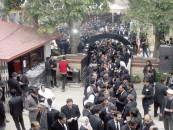


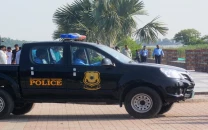
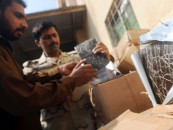


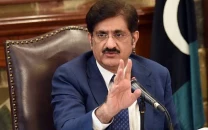



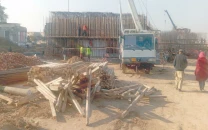
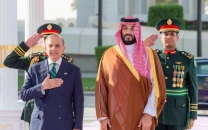



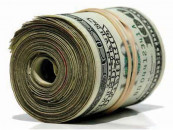

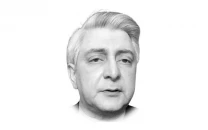

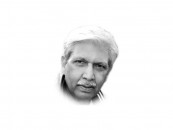


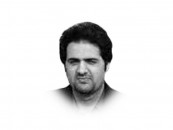
COMMENTS
Comments are moderated and generally will be posted if they are on-topic and not abusive.
For more information, please see our Comments FAQ